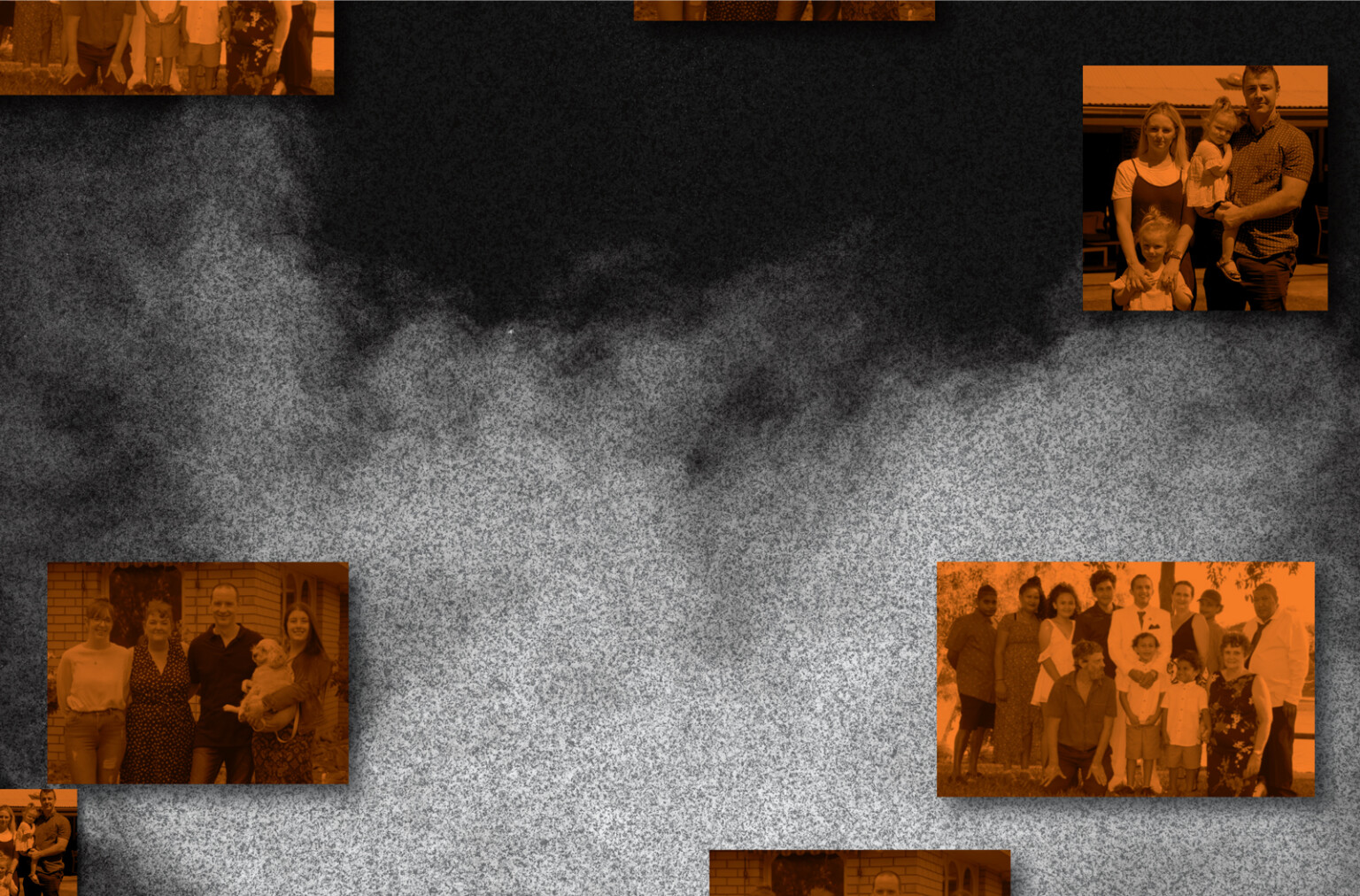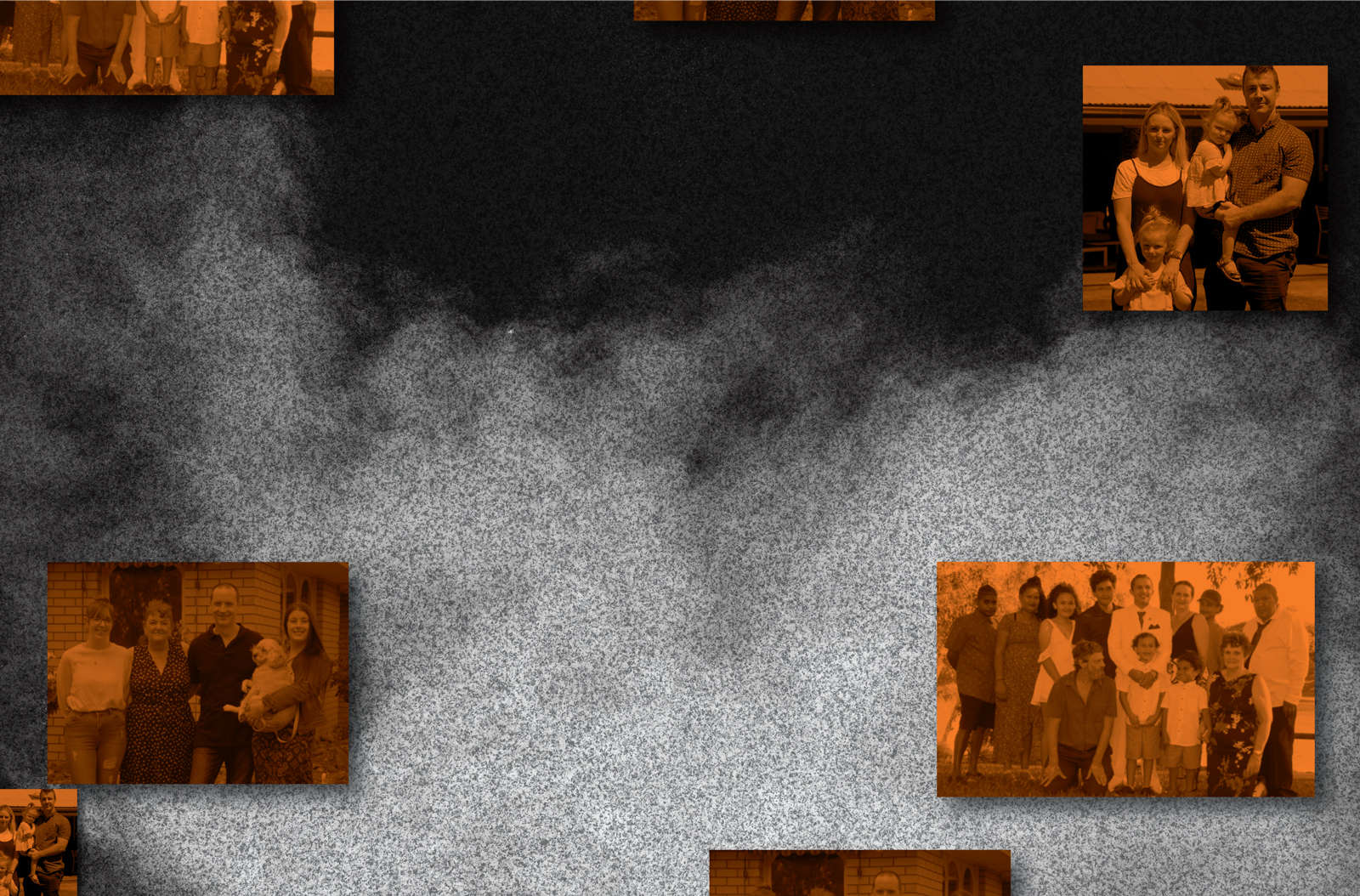


SIGN THE PETITION TO STOP DEADLY DUST
So far 14,359 have signed, will you help make it 50,000?
What is Silica?
Silica is one of the key components of soil, sand and granite. Fine silica dust is produced during construction, tunnelling, quarrying, excavating, mining, road construction (asphalt) and some manufacturing processes. Fine silica dust is also produced when engineered stone, commonly used for kitchen and bathroom bench tops, is cut or shaped. A 2012 survey estimated 6.7% of Australian workers were exposed to RCS.
What is Silicosis?
Silicosis is a lung disease caused by inhaling tiny bits of silica dust, which can lead to scarring (fibrosis) of lung tissue. Each year around 600,000 Australian workers are exposed to respirable crystalline silica (silica) dust at work. When breathed in, silica dust is small enough to penetrate deep into the lungs, causing irreversible lung damage. It’s incurable, progressive and in many cases fatal. Silica dust also causes lung cancer and other diseases.
What can you do?
Australian workers are dying from an increase in silicosis and silica related lung cancers. A 2021 National Dust Disease Task Force report found nearly one in four workers exposed to silica dust from engineered stone before 2018 have been diagnosed with silicosis and other silica related diseases. Existing workplace health and safety regulations have not been protecting workers. You can support the campaign by signing the petition above, unions are calling for a ban on the use of engineered stone and a broad silica regulation, supported by industry codes of practices to save Australian workers’ lives.
Watch Joanna’s story
Other useful Links:
Breathe Freely Australia – https://www.breathefreelyaustralia.org.au/stone/
Cancer Council – https://www.cancer.org.au/cancer-information/causes-and-prevention/workplace-cancer/silica-dust
Lung Foundation of Australia – https://lungfoundation.com.au/resources/?condition=469&user_category=31
Lung Foundation of Australia – Respiratory Care nurse – https://lungfoundation.com.au/patients-carers/support-services/support/
Information for Consumers - Engineered Stone bench tops
It may look good but it can be deadly for workers cutting, shaping and modelling engineered [manufactured] stone. A 2021 Federal government expert group found nearly one in four workers exposed to silica dust from engineered stone before 2018 have been diagnosed with silicosis and other silica related diseases. Engineered stone has been marketed in Australia for 20 years. It is fashionable but it is also deadly to those who work with it. Even with all the protections such as ventilation, water on cutting saws and face masks workers are very likely to breathe in dangerous amounts of dust. So, what can consumers do?
01.
Be informed
Before engineered stone became very popular, benchtops were made from a variety of materials that are not near as dangerous. These include natural stone, porcelain, timber and laminated products which are significantly safer for the workers who work on it. Whilst exposure to silica dust should be avoided at all times it is important to recognise that is the prolonged exposure to silica that causes silicosis and other diseases. Consumers who are only occasionally exposed to silica dust are unlikely to be at risk of disease.
02.
Choose a less dangerous material
Choose a less dangerous material – for example timber, laminates, acrylics, natural stone or stainless steel. Natural stone – granites and marble – also contain crystalline silica but the content is not as high and therefore the risks are significantly lower. There are some engineered stone products that do not produce the type of silica dust that can be easily breathed in by workers – those produced are made from recycled glass – what is called amorphous silica – the dangerous dust is crystalline silica. Additionally there are engineered stone products that contain lower levels of silica (less than 40%). These products reduce the risk to workers who are required to work with the product.
03.
Sign the petition
You can support the campaign by signing the petition above, unions are calling for a ban on the use of engineered stone and a broad silica regulation, supported by industry codes of practices to save Australian workers’ lives.












